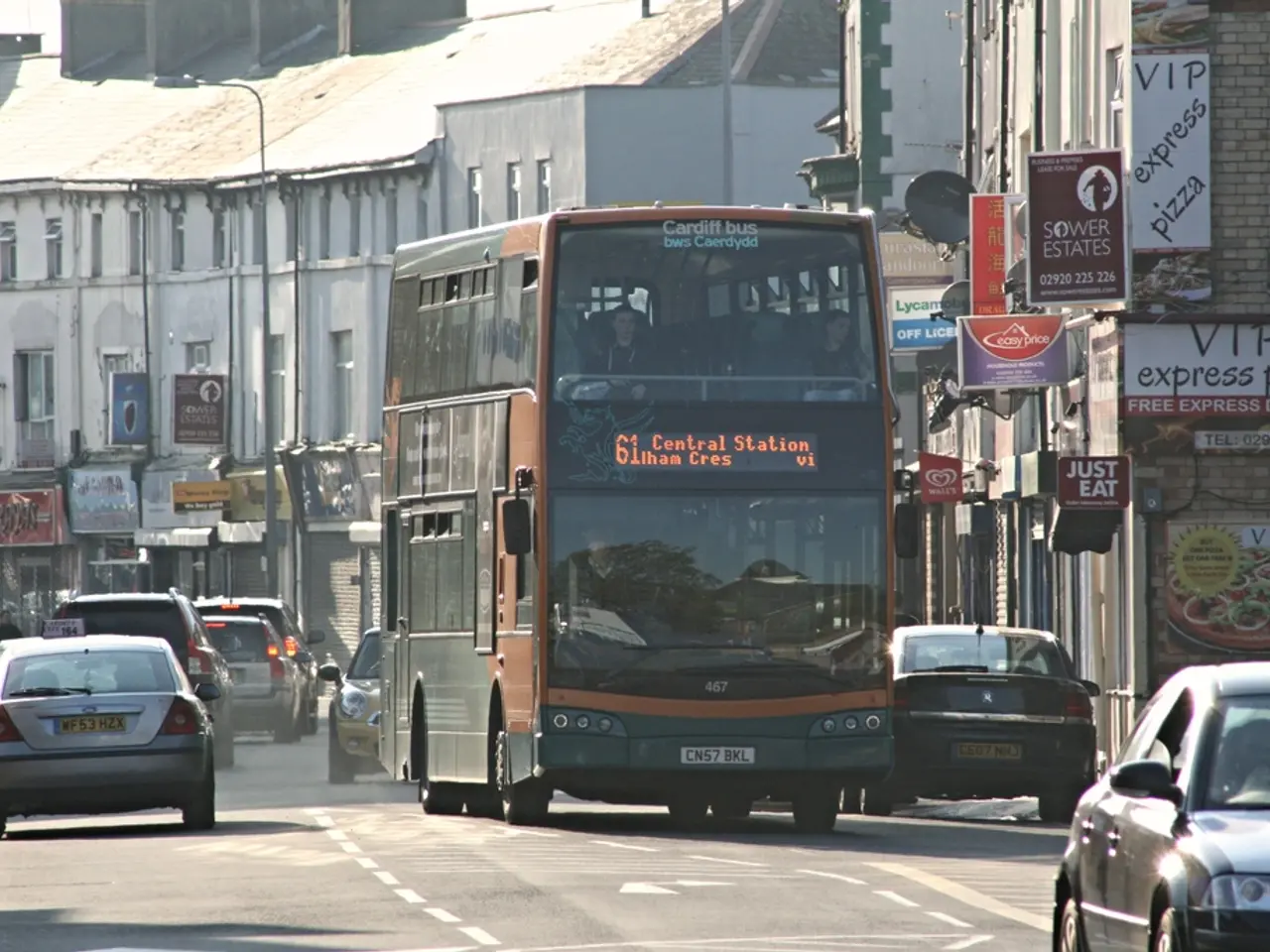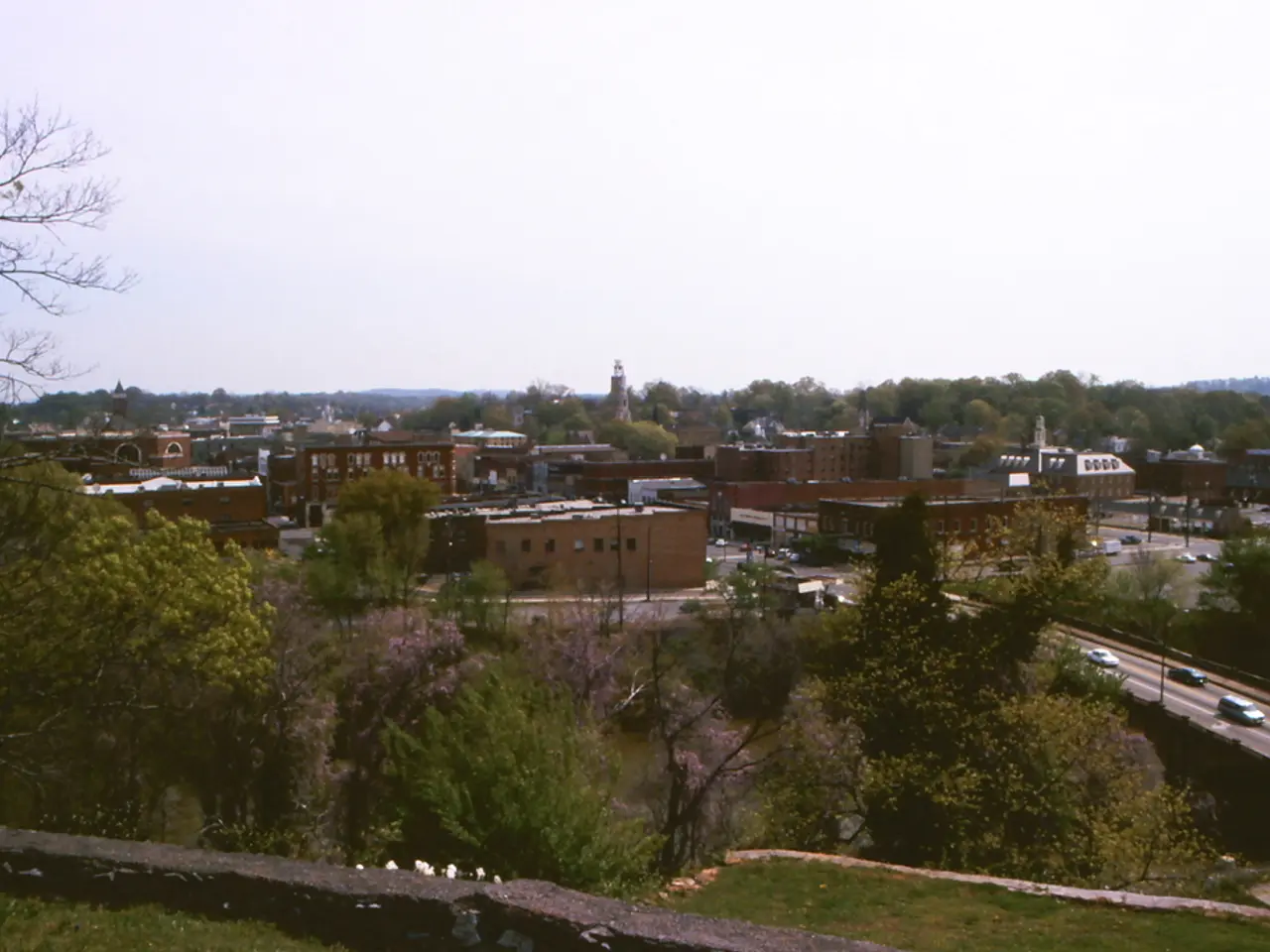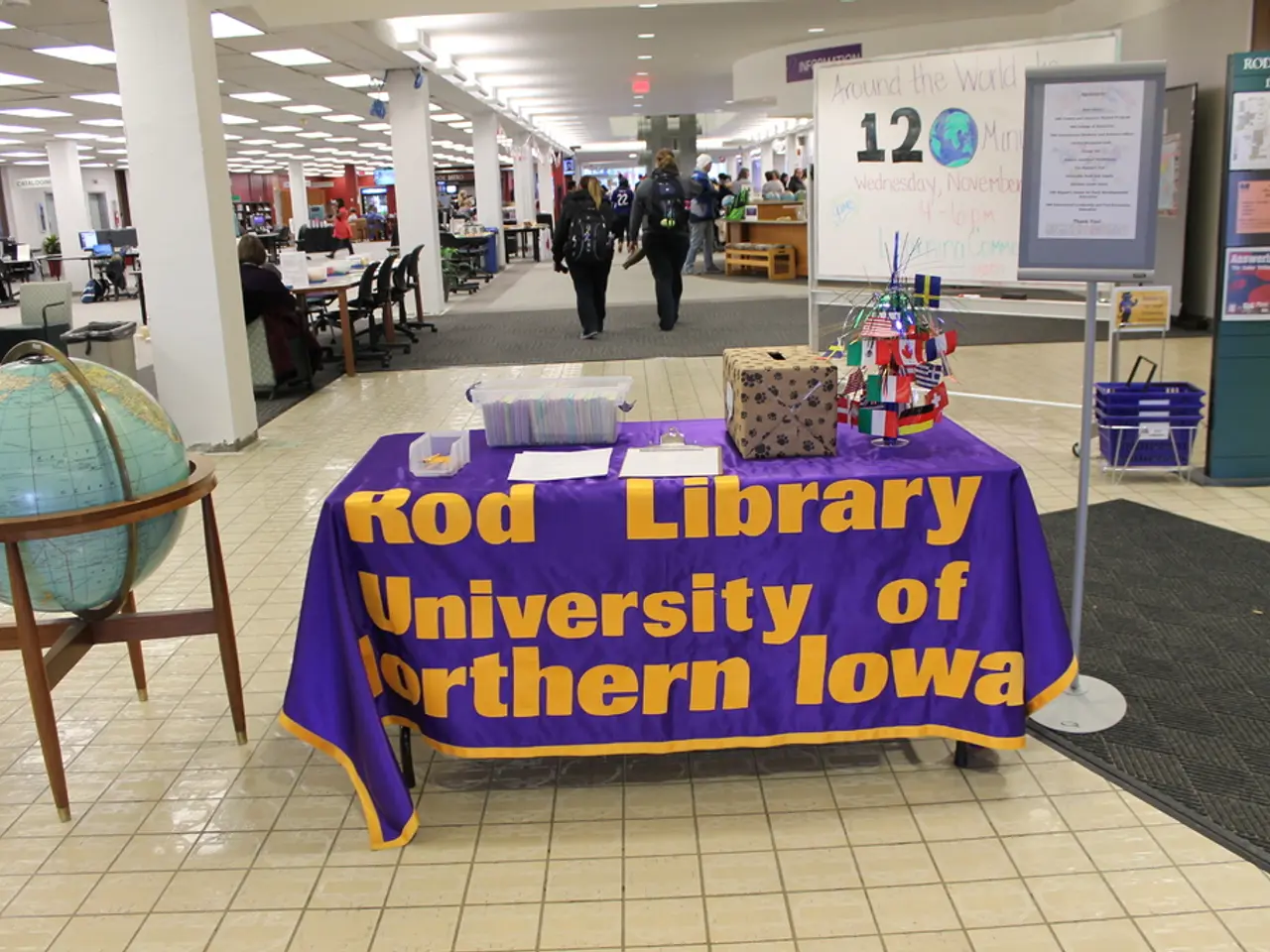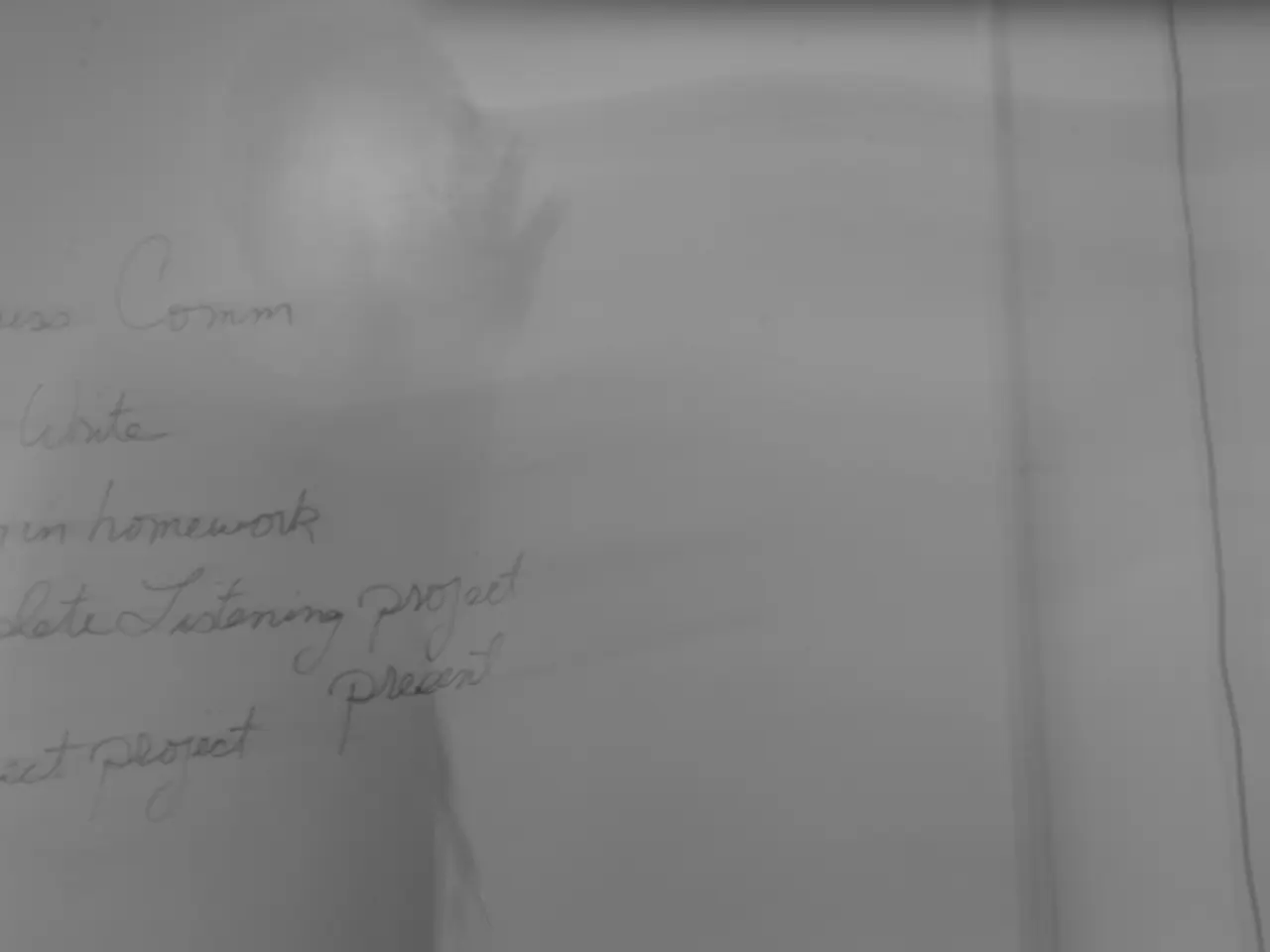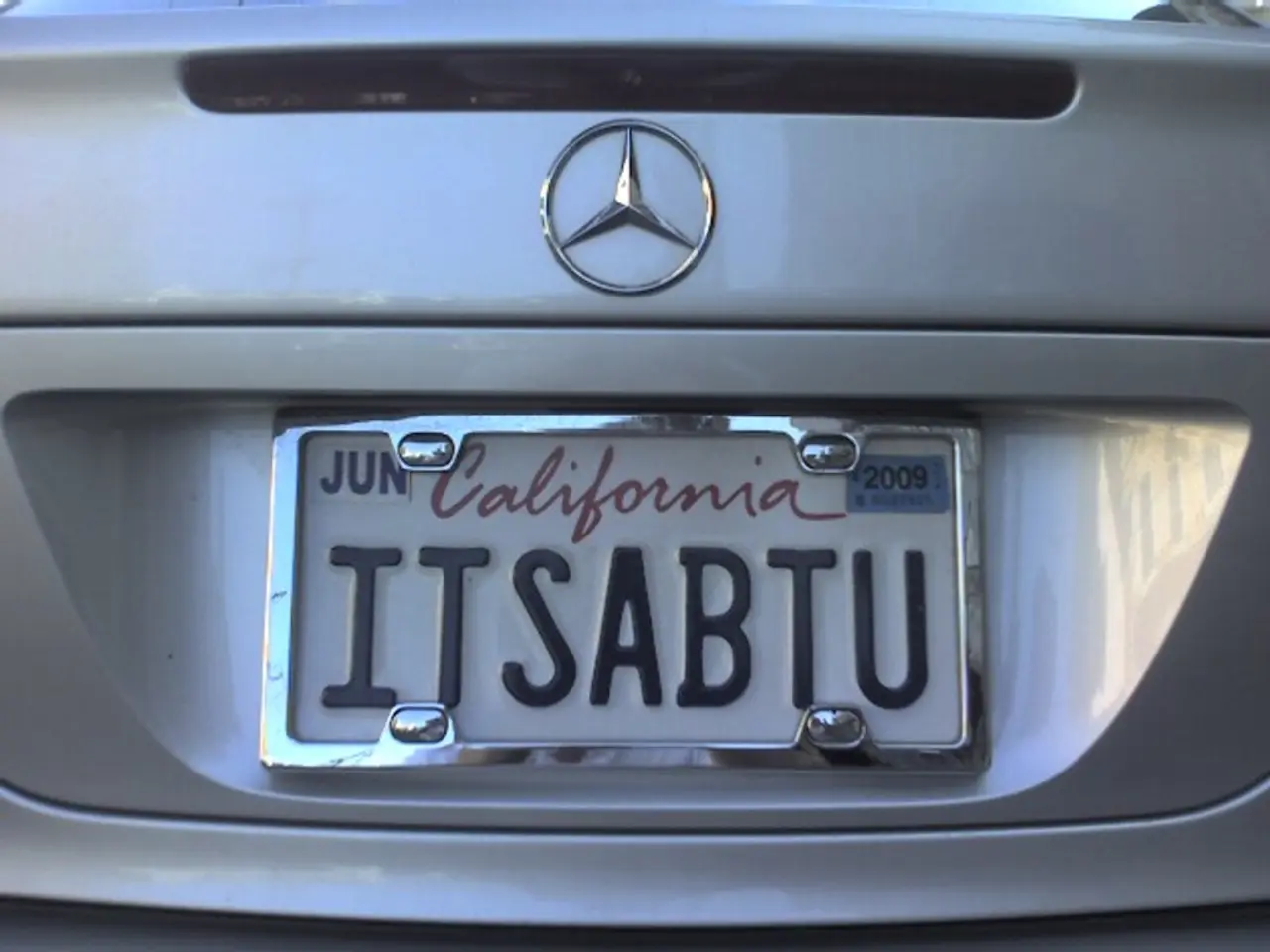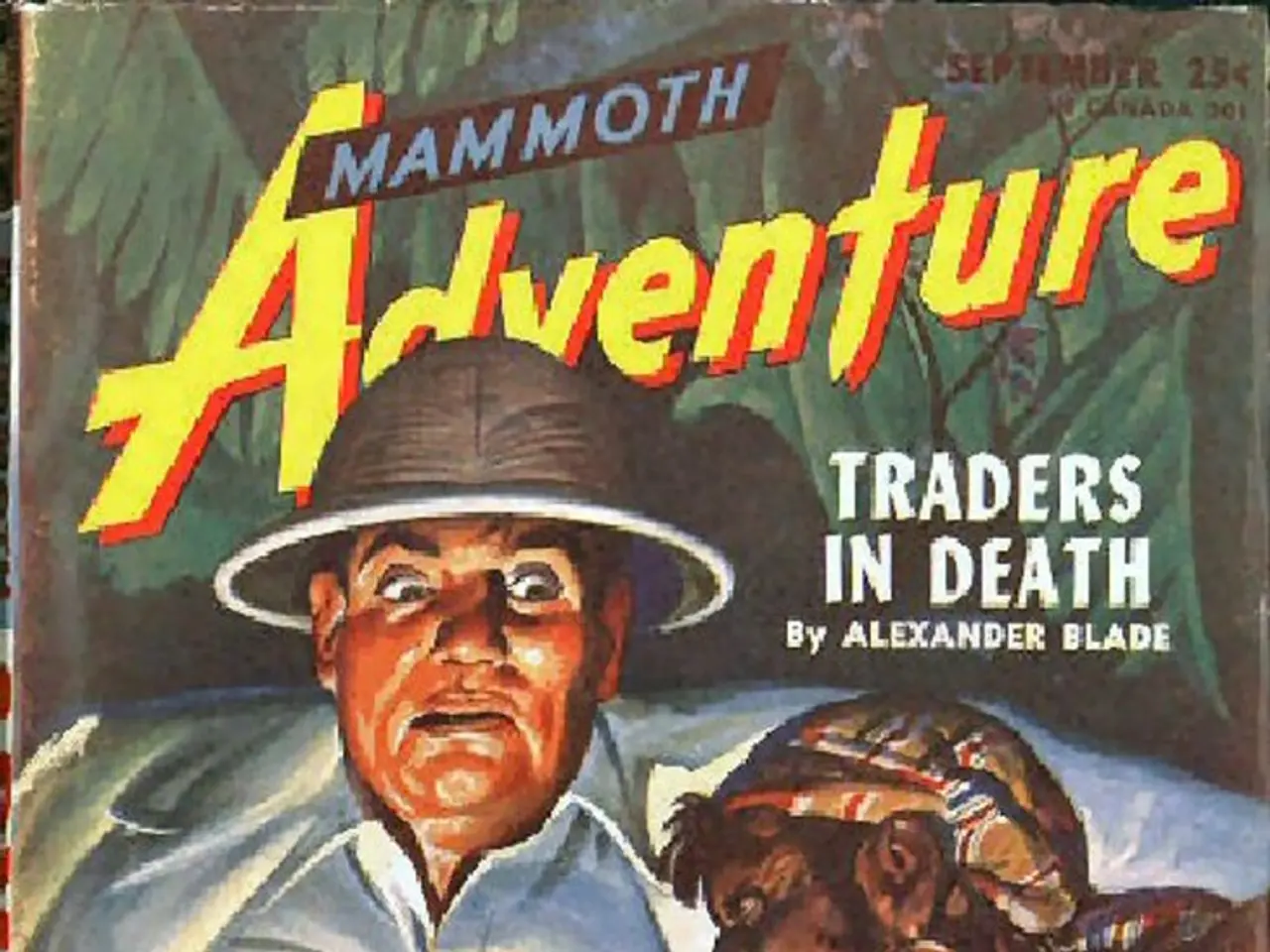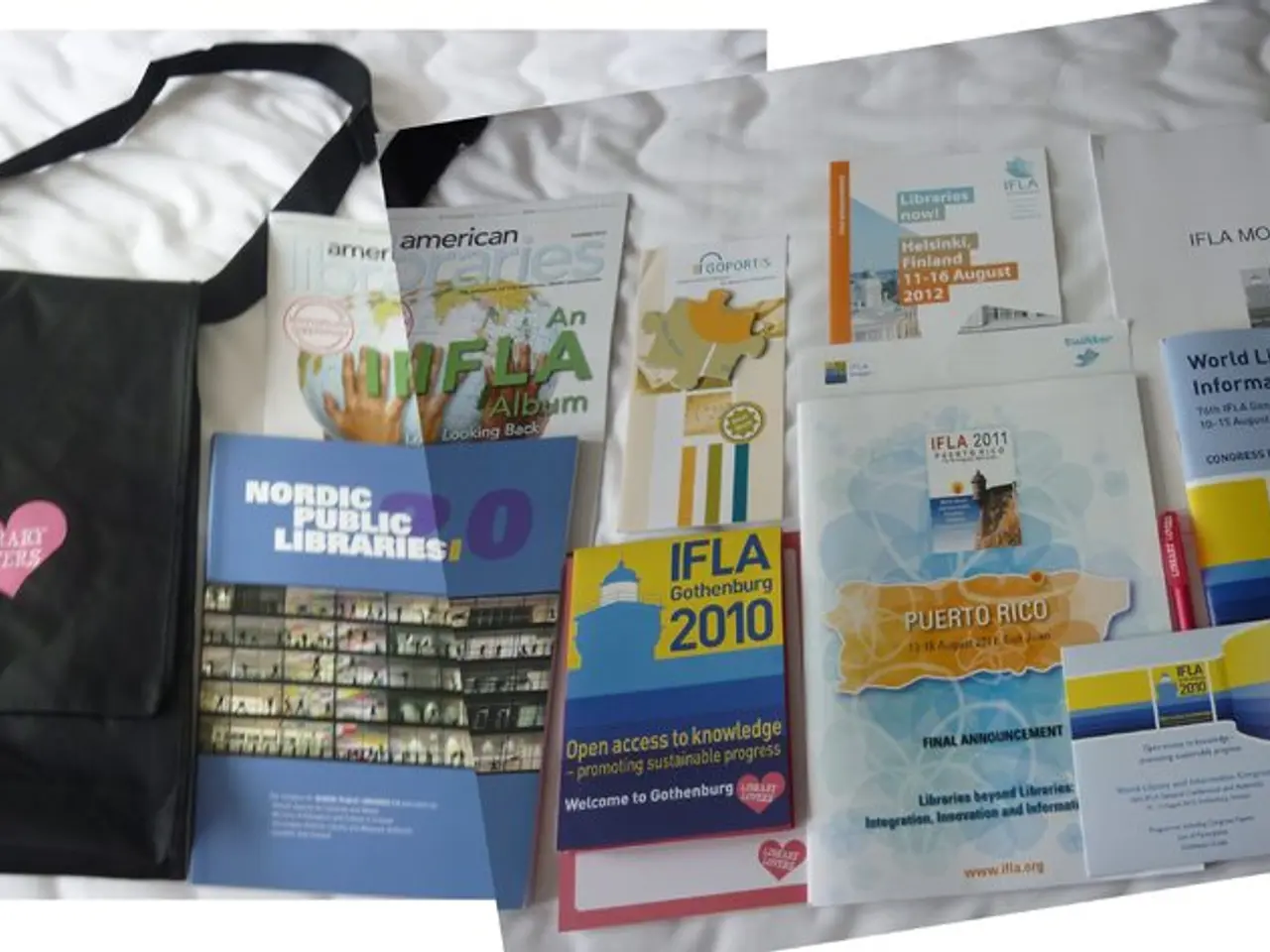Vibrant Graffiti Emanating Hope on Sarajevo's Streets Signifies a Promising Tomorrow
In the heart of Bosnia and Herzegovina, the city of Sarajevo has undergone a remarkable transformation, thanks in part to its burgeoning street art scene. This artistic movement, which first emerged during the city's longest siege in modern warfare, has played a significant role in reshaping Sarajevo's urban landscape, fostering social unity, and promoting cultural tourism.
During the Bosnian War (1992-1995), Sarajevo experienced heavy damage, with buildings scarred by bullet holes and social divisions running deep. However, street art appeared both during and after the conflict, serving initially as a form of wartime communication and warning, and later as an expressive medium for healing and rebuilding community ties.
Artists like Kerim Musanovic and Adnan Hamidovic have been instrumental in this transformation. Musanovic, known for his fantastical murals, is currently repainting his mural of a dragon on the former site of the 1984 Sarajevo Games. His art is for everyone, aiming to bring joy and be accessible to all, helping "build new bridges" across divided communities lingering from war-era nationalism.
Hamidovic, a local muralist and rapper, was once caught by police early in his career while tagging trains in Tuzla. Despite the tense situation, he saw graffiti as a form of therapy and a way to do something significant in a country still recovering from war. His primary focus was making the city his own.
The city's street art scene has also become an economic driver. Annual festivals like the Fasada mural festival, launched in 2021, promote local artists and have become a cultural attraction, contributing to Sarajevo’s tourism economy. Street art hotspots like Mount Trebevic, a former Olympic bobsled run turned open-air gallery, attract visitors and create new economic opportunities while simultaneously revitalizing neglected urban areas.
The Fasada festival team not only promotes muralists but also repairs and insulates buildings that serve as festival canvases. Sometimes, they even preserve badly damaged homes in the area. Unemployment in Bosnia is nearing 30 percent, and street art offers an important springboard to young artists.
Graffiti, with its vibrant colours and dynamic forms, brought life into Sarajevo after the war. It allowed youth to shake off any "nationalist narrative or imposed identity," according to a researcher at Finland's Jyvaskyla University. Graffiti also played a key role in breaking down post-war social segregation, particularly in the realm of hip-hop culture.
Sarajevo’s street art serves as a powerful tool for community cohesion, historical reflection, and economic revitalization, helping the city emerge from its war-torn past toward a more vibrant and inclusive future. As Sarajevo continues to heal and rebuild, its street art scene promises to remain a beacon of hope and creativity.
Elsewhere in Bosnia, cities like Mostar are also embracing street art. The city will host the 14th edition of its annual street art festival in August, further cementing Bosnia's reputation as a hub for artistic expression and cultural rejuvenation.
Street art, born during the Bosnian War, served not only as a form of wartime communication and warning but also evolved into an expressive medium for healing and rebuilding community ties. This transformation was spearheaded by artists like Kerim Musanovic and Adnan Hamidovic, whose work aimed to break down social divisions and foster unity.
The city's street art scene, marked by annual festivals such as the Fasada mural festival, has become an economic driver for Sarajevo, contributing to its tourism economy, creating new employment opportunities, and revitalizing neglected urban areas. This artistic movement showcases Sarajevo's journey from its war-torn past towards a more vibrant and inclusive future.
